All about hand sewing machines
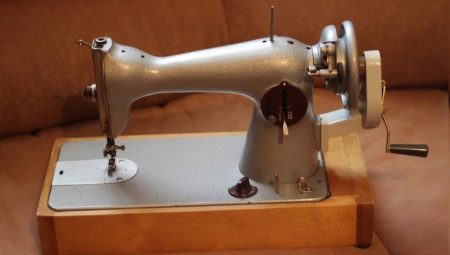
The manual sewing machine is a real classic, with the help of which you can still master the basics of creating the first stitches. Modern manufacturers also do not forget about the simplest solutions, offering the best options for small household clothing repair - conventional mechanical sewing machines with a manual drive. Consider how relevant today are models without an electric drive and computer control.
But before you thread and start sewing on a classic manual sewing machine, it is worth studying the basics of its structure and principles of operation. Fully mechanical engineering requires constant maintenance, adjustment and adjustment. You won't be able to create complex lines with it. But you can get basic sewing skills and good experience in servicing such mechanisms, which will certainly come in handy when using more complex equipment.
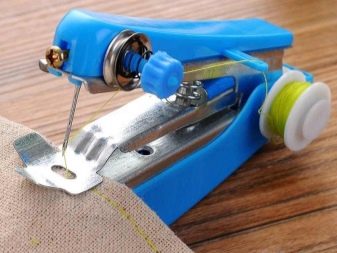

Device
A manual sewing machine for simple products has simple drive mechanism, can sew straight, straight stitches or zigzag stitches. Its complete set contains all the necessary technical equipment for work. Some modern models may work and on batteries - in this case, the start and stop of the needle stroke is controlled using a special button. These devices are universal - they can also be operated in manual mode, as in conventional mechanical versions, that is, by rotating the shaft with a special handle.
This category of equipment does not have pedals and foot control systems.
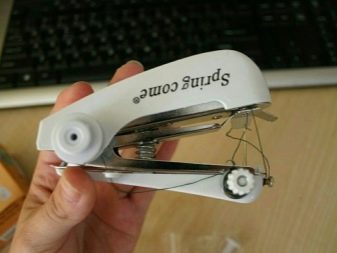

The device of any sewing machine with a manual drive necessarily includes:
- platform or base;
- stitch parameters regulator;
- manual drive mechanism;
- winding unit;
- flywheel;
- sleeve part of the body;
- stitch plate on the bed;
- rack bottom conveyor;
- presser foot;
- shuttle;
- needle bar stem;
- the front panel to which the upper thread pulling device is attached.
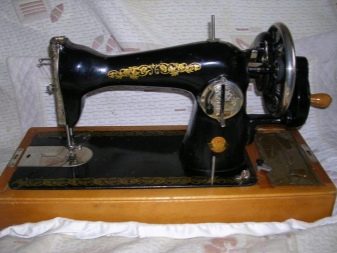
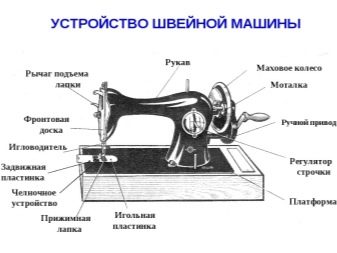
Classic manual machines have the ability to transfer the flywheel to work or idle. Depending on the tasks assigned to the seamstress, you can activate the desired option using a special disconnecting screw, for example, wind the thread on a bobbin or start sewing.
Modern manual sewing machines have a fundamentally different design, different from the old models, and outwardly look more like a stationery device - a stapler. When the edges are compressed, the needle with the thread threaded into it passes over the edge of the product, as a result of which a stitch is obtained.
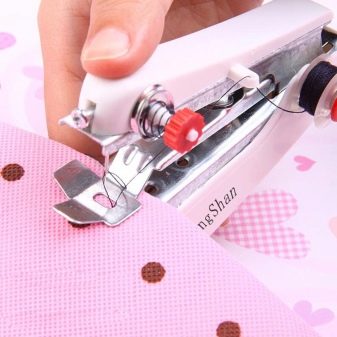

Principle of operation
Manual sewing machines have a fairly simple principle of operation. The main part of the structure in it, in fact, is the shuttle mechanism, which is activated by the complex interaction of other elements. In general, the scheme of operation of such a technique is as follows.
- Bobbin - a compact bobbin for winding the bobbin thread. It is inserted into the shuttle. On its body there is a "nose" - an element that prevents accidental loss of the spool. The bobbin thread tension is adjusted using the shuttle screw - when tightened it increases, when loosening it decreases.
- Shuttle after being installed in place, it is in close contact with the connecting rod mechanism, which, in turn, is driven by the machine shaft. When the handwheel rotates, the needle moves - it plunges into the working platform. At a distance of 5 mm before it there is a grip - a shuttle element. If the gap is maintained correctly, the machine will sew normally. If it is distorted, a failure in fastening the fabric begins, and stitches are skipped.
- Plunging into the working platform, the needle goes into the shuttle, which catches the lower thread with the upper thread and weaves them. Absolutely all sewing techniques work on this repetitive movement.
- Simultaneously with the movement of the needle the device for pulling the matter is also activated. The main shaft, passing through the center, drives a flywheel that moves 2 rods, which activate the operation of the lower conveyor.
- Upper thread tension carried out using a system of elements, into which it is sequentially refueled. The freedom of movement of the thread stretched between the discs is regulated by a special screw. In addition, the special eyelet through which it is threaded moves with the movement of the needle, providing a constant and uniform tension.
With a combination of all these factors, processes occur in the body of the sewing machine and on its outer surface that make it possible to automate needlework.
For more information on the manual sewing machine, see the following video.
Advantages and disadvantages
Among the obvious advantages of manual sewing machines, several points can be noted.
- Reliability. The mechanical structure rarely fails with careful handling.
- Durability. Many hand-held cars, which have passed half a century, are still "in service".
- The ability to work without electricity. Complete independence from the power source is an important point that distinguishes classic cars from other copies.
- Expansion of functionality when replacing the presser foot. You can sew on a button or insert a zipper, master quilting and embroidery.
- Minimum purchase and maintenance costs. On the secondary market, sewing equipment can be purchased at a very low cost.
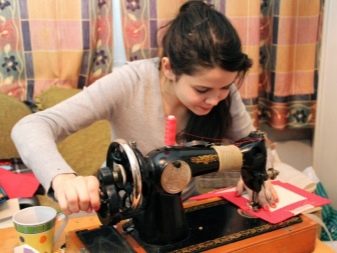
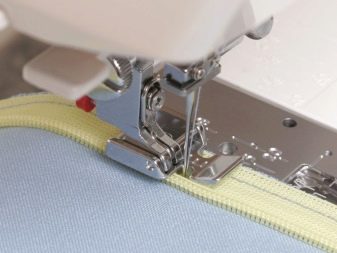
These disadvantages of manual sewing techniques include massiveness of devices, lack of a wide range of functions. Sewing leather requires additional measures or the use of a Teflon foot, which cannot always be adapted to the design of older machines.In addition, new models of manual sewing equipment require a certain skill to use, and they are also not designed for long continuous work.
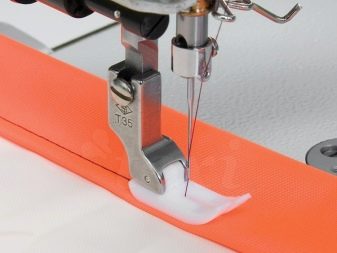
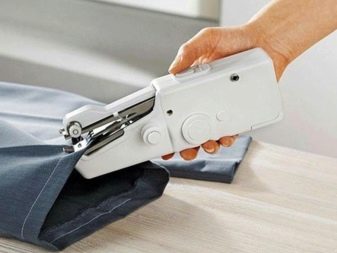
Instructions for use
In order to use a manual sewing machine without problems and for a long time, each work must begin with checking the health of the nodes. If it has been down for a long time, it is recommended to renew the lubrication of the main working elements that need this operation. Lubrication is carried out with a specially designed sewing machine oil.
If rust or severe contamination is detected, the mechanism will have to be partially disassembled in order to clean the lubricated parts from dirt and dust, and only then cover it with lubricant. After such an operation, the technician will need to stand for at least 24 hours, and then perform a test run of the work of the parts on a piece of unnecessary fabric.
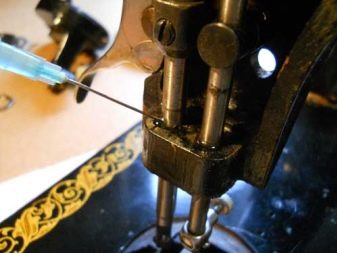

To sew the fabric, you first need to set the needle correctly. To do this, you need to get a set in advance, which will present options for thin fabrics, leather, jeans and other materials. The thickness or number of the needle depends on the type of fabric - the lower the number, the thinner the fabric will be. To thread the needle into place, you need to raise its holder to the very top and choose the correct positioning - with a long groove towards the base of the sleeve.
The needle is inserted all the way, fixed with a screw so that there is no free play.

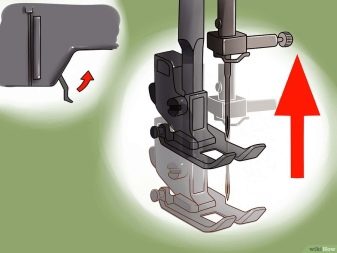
Now let's see how to thread a hand sewing machine. First, work is carried out with the upper part of the machine, the procedure will be as follows:
- the coil is installed on a special pin;
- its end is directed to a small mount located behind the device;
- the thread is pulled to the tension regulator, passed through it, as well as through the loop on the front panel;
- then the thread is brought out to the needle and passed through its eyelet from the outside towards the base of the sleeve.
To thread the lower thread, place the bobbin in the hook so that so that the thread rotates clockwise when pulled. The thickness of the threads in the hook and the upper guide must be the same. By pulling out its tip and passing it along the fasteners of the latch, you can put the device in place inside the case so that about 15 cm of thread remains outside. Next, you need to turn the handwheel so that the needle plunges into the bed and goes through the shuttle. The hooked bobbin thread will be lifted up and will remain straightened and positioned across the metal work platform.
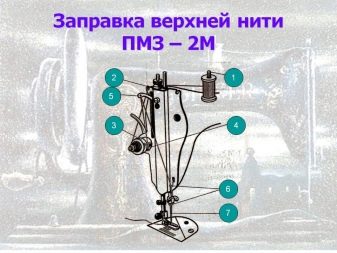
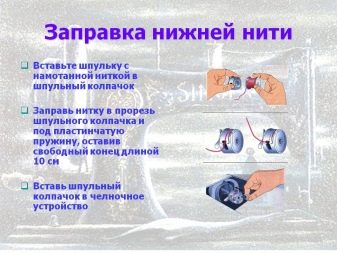
The general rules for operating manual sewing machines are as follows:
- do not use pins to chip the fabric;
- exclude contact of fingers with the needle while sewing;
- be sure to close the shuttle cover before operation;
- do not pull on the matter to move it;
- the rotation of the flywheel is made only towards you;
- all non-working hours the foot should be raised;
- the handwheel must not be rotated while there is no blade on the platform.
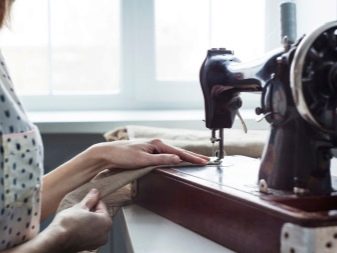
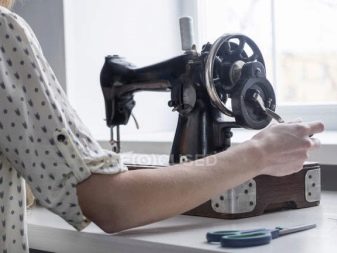
By following these recommendations, you can avoid many unpleasant breakdowns and injuries associated with the operation of the mechanism.
Model overview
The Soviet industry was not very original in the design of sewing equipment. The most famous manual machine - PMZ (or "Podolsk") - almost completely repeats the design of Singer equipment, under the license of which equipment was produced in those years even in China. For the USSR, the appearance of the creation of Podolsk masters was very useful. Young Soviet industry needed the mechanization of seamstresses.
It should be noted that the PMZ plant was founded in 1902 as a representative office of the company "Singer", and by 1913 the production volumes reached 2000 units of equipment. The enterprise received its modern name after nationalization, in the 30s of the XX century. Since that time, the original parts of the German brand began to be replaced with domestic ones.
The most popular was the Podolsk 2M model with a manual drive and high quality parts.
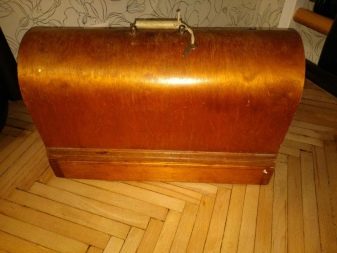

Chinese sewing machine Buterfly - "twin" of PMZ products - also produced under the Singer license. The model can only sew 1 type of straight stitch. Its difference is not too great, but still exists: the end of the spool cap is turned not to the left, but to the right. If you have experience in sewing at Podolsk, it will not be difficult to master Buterfly.
"Seagull 2" - one of the first production cars similar to modern models. It was produced with a foot and hand drive, knew how to make straight seams and a zigzag, but did not have a reverse.
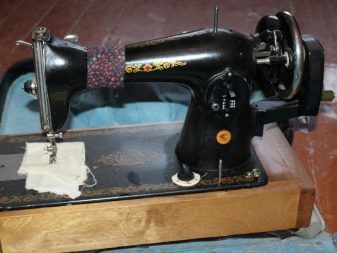

Minerva - a popular hand-held typewriter produced in Czechoslovakia. It is focused only on creating a straight stitch, has an adjustable stitch length, and its design is almost the same as the standard Singer models.
In addition, among the manual models, German Kohler and Csepel 30 Hungarian production.
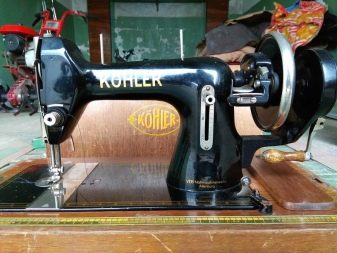

Modern manual cars
Models of manual sewing machines from China are now popular no less than their Soviet counterparts. This portable model can operate with or without batteries. This device format allows for hook and bobbin free sewing. The device is equipped with only 1 thread, a stitch regulator, easily copes with the formation of a stitch in a straight line.
Let's list the best cars in this category.
- Zimber. It is a multifunctional clipper capable of performing up to 8 different tasks. It is used by craftswomen working in the patchwork style, as well as home needlewomen.
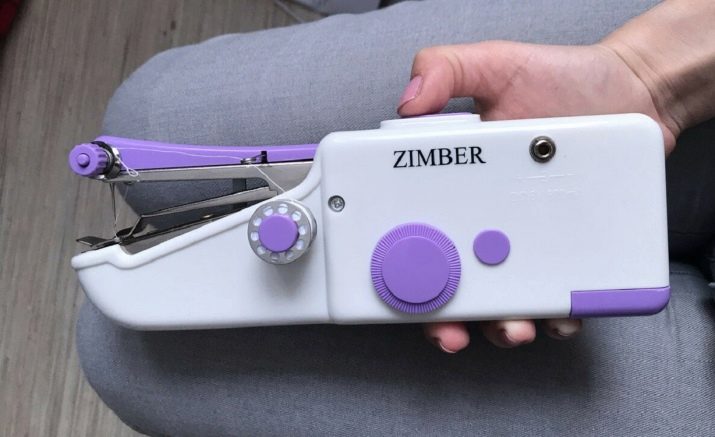
- Jaguar Mini 276. A popular and inexpensive sewing machine with many features available. It can cope with 8 operations, performs semiautomatic buttonhole processing, overcast edges, can sew elastic fabrics.
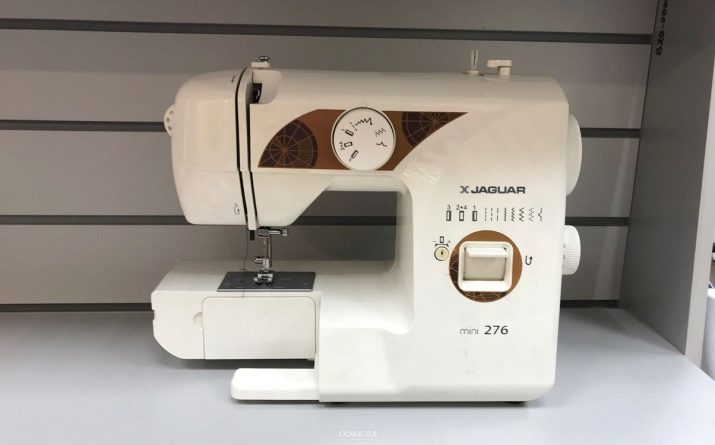
- Bradex TD 0351. A good solution for fixing home wardrobe, sewing curtains. This is a machine with limited functionality, a budget purchase for a novice seamstress.
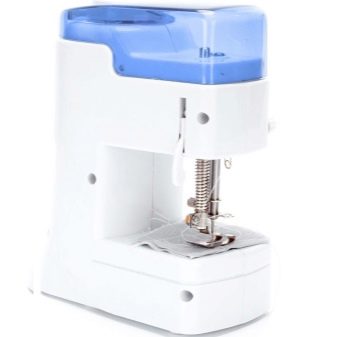
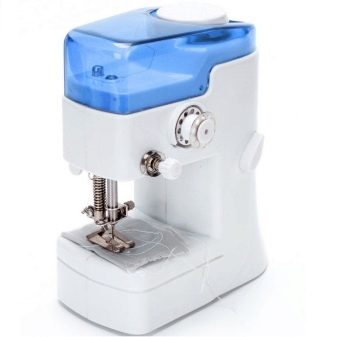
A Chinese sewing machine of this level cannot be considered as a full-fledged alternative to real manual equipment, but it is indispensable as a tool for quick home repairs.
Possible malfunctions and their elimination
Correction and elimination of malfunctions encountered when working with manual sewing machines is quite within the power of even an inexperienced master. It is worth considering the most common problems in more detail.
- The handle turns poorly. Without long-term operation or proper maintenance of the mechanism, the lubricant thickens, dries, the working shaft gradually rusts, and its rotation becomes difficult. Cleaning the mechanism from old oil, dust and dirt with kerosene filling will help to eliminate the problem. The machine must be soaked for at least 24 hours. Then the mechanism and parts are thoroughly cleaned with subsequent lubrication of all units. If necessary, the procedure is repeated, achieving light and soft rotation of the shaft.

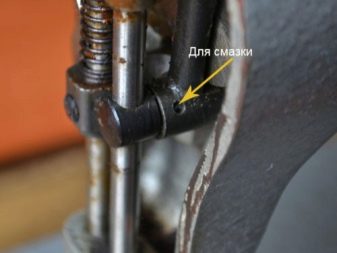
- The needle skips lines, does not sew. It is necessary to check the correct positioning. An incorrectly inserted needle into the mount can lead to serious problems in the operation of other structural elements.
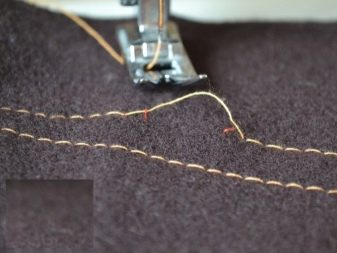
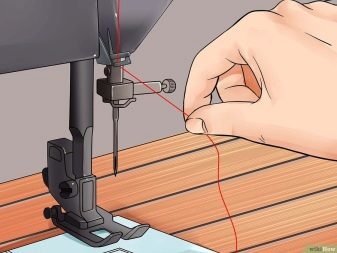
- The bobbin thread is too tight. You need to loosen the screw on the hook. If it does not help, you will have to make a full cleaning of the mechanism, removing adhered dust, flecks and dirt from metal parts. A brush removes all foreign contamination from grooves and teeth inside the case. You can use a stiff toothbrush and a mini vacuum cleaner to clean.
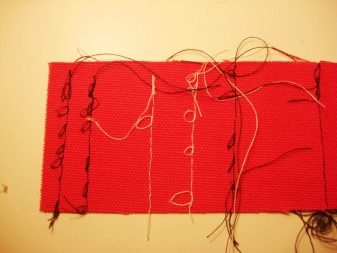

- Backlash of parts. To adjust, you need a screwdriver to tighten all the elements. If the fasteners are in the form of self-tightening nuts, you must hold the screw while rotating them.
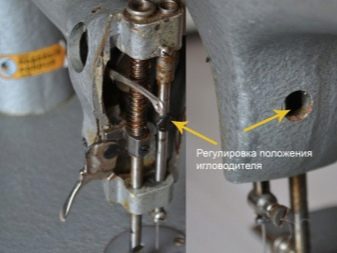
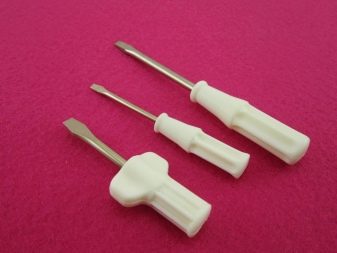
By following these tips, you can easily deal with equipment breakdowns and ensure that it performs well for a long time.
For information on how to use a manual sewing machine, see the next video.








